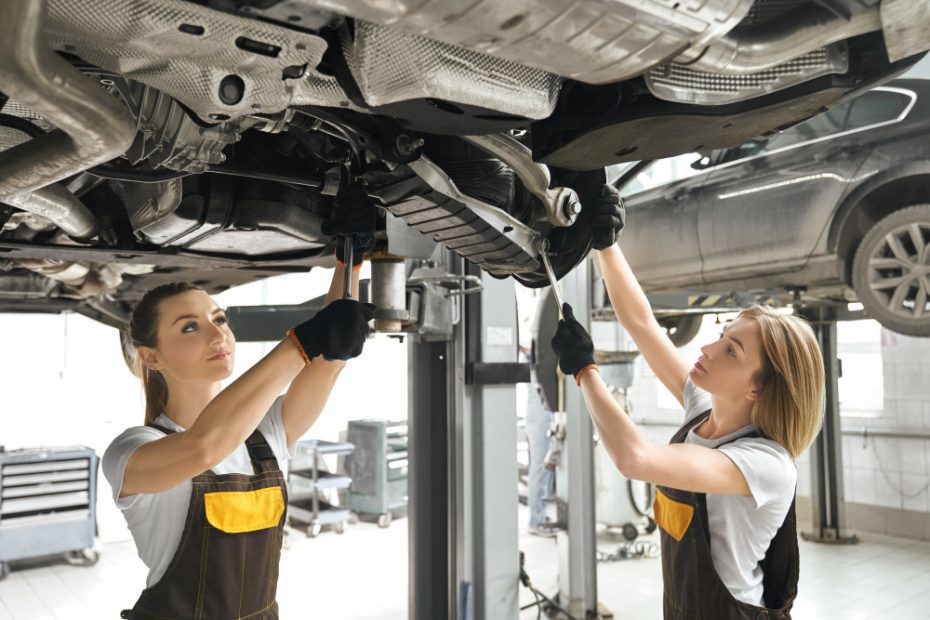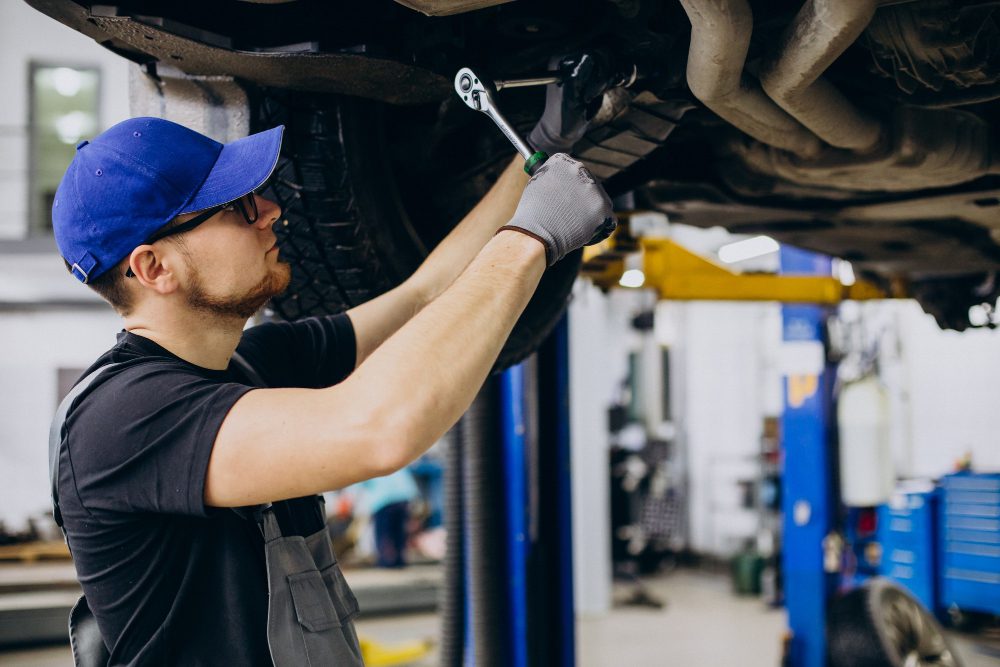How long do suspension control arms last?
Suspension control arms are an integral part of a vehicle’s suspension system. They play a crucial role in maintaining stability, control, and smoothness while driving. Just like any other automotive component, control arms have a limited lifespan and will eventually wear out over time. Understanding how long suspension control arms last can help car owners be proactive in their vehicle maintenance and ensure optimal performance.
What are suspension control arms?
Suspension control arms, also known as A-arms or wishbones, are metal components that connect the suspension system to the chassis of a vehicle. They are designed to allow the wheels to move up and down while keeping them properly aligned with the body of the car. Control arms are usually made of steel or aluminum and are attached to the frame at one end and the wheel hub assembly at the other.
The function of the control arms is to provide support and stability to the suspension system, allowing for smooth steering and comfortable driving. They help absorb shocks and vibrations from uneven road surfaces, ensuring proper wheel movement and tire contact with the road.
Factors affecting the lifespan of control arms
The lifespan of suspension control arms can vary depending on several factors:
- Driving conditions: Control arms are subjected to continuous stress and strain while driving. Rough roads, potholes, and driving on unpaved surfaces can accelerate wear and tear.
- Maintenance: Regular maintenance, including inspections and lubrication of control arm bushings, can help prolong their lifespan.
- Quality of components: Control arms made of higher-quality materials and with better design and construction tend to last longer.
- Driving habits: Aggressive driving, sudden stops, and hard impacts can put additional stress on the control arms, leading to premature wear.
Signs of control arm failure
As control arms begin to wear out, certain signs may indicate that they need to be replaced:
- Excessive vibration or uneven tire wear
- Pulling or drifting of the vehicle to one side
- Squeaking or clunking noises coming from the suspension
- Difficulty steering or reduced responsiveness
If any of these symptoms are observed, it is important to have the control arms inspected by a qualified mechanic to prevent further damage to the vehicle’s suspension system.
It is essential to address control arm issues promptly to avoid compromising the safety and handling of the vehicle.
Replacing control arms
When the control arms reach the end of their lifespan or show signs of failure, it is crucial to replace them. This task typically requires professional expertise, as it involves lifting the vehicle, removing the old control arms, and installing new ones. A wheel alignment may also be necessary after replacement to ensure proper alignment and handling.
How do I know if my car needs a new control arm?
1. Visible damage
If you notice any visible damage to your car’s control arm, such as cracks, bends, or rust, it is a clear sign that it needs to be replaced. Damaged control arms can affect the suspension’s ability to absorb shocks and maintain stability, leading to unsafe driving conditions.
2. Uneven tire wear
Another indication of a failing control arm is uneven tire wear. If you notice that one or more of your tires are wearing out faster than the others, it could be due to a faulty control arm. A worn out control arm can cause misalignment, resulting in uneven distribution of the car’s weight on the tires.
3. Vibrations or shaking
If you experience excessive vibrations or shaking while driving, especially at higher speeds, it could be a sign of a worn control arm. The control arm plays a crucial role in maintaining stability and minimizing vibrations. When it becomes worn or damaged, it can no longer effectively absorb the impact from the road surface, leading to increased vibrations.
4. Steering issues
Problems with steering can also indicate a faulty control arm. If you notice that your car pulls to one side or the steering feels loose or unstable, it may be a result of a worn control arm. A damaged control arm can affect the car’s alignment and cause difficulty in maintaining straight and steady steering.
5. Noise from the suspension
If you hear clunking, banging, or squeaking noises coming from the front suspension when driving over bumps or making turns, it could be a sign of a failing control arm. Worn out bushings or ball joints in the control arm can cause these noises as they no longer provide proper cushioning or support.
Conclusion
Suspension control arms have an average lifespan of around 100,000 to 150,000 miles (160,000 to 240,000 kilometers) but can vary depending on driving conditions, maintenance, and other factors. Regular inspections and addressing any signs of wear or failure promptly can help ensure smooth and safe driving. Remember, if you have concerns about your vehicle’s control arms, it is always best to consult with a qualified mechanic for expert advice and assistance.
Regular inspection of your car’s control arms is important to ensure they are in good condition. Look for visible damage, check tire wear, pay attention to vibrations or shaking while driving, monitor steering issues, and listen for any suspension noise. If you notice any of these signs, it is recommended to have your control arms inspected and replaced if necessary to ensure your safety on the road.



